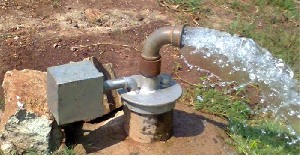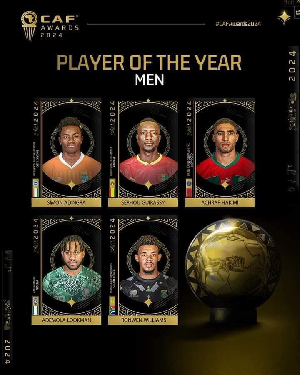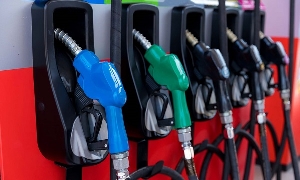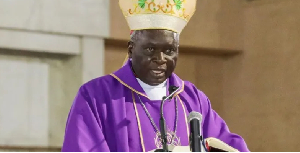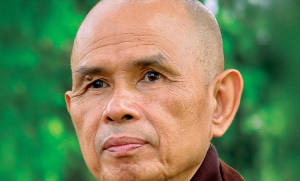Yet another National Farmers and Fishermen’s Day is here in Ghana, but the problems with irrigation agriculture are always with us.
Many communities in Ghana use boreholes for subsistence agriculture where irrigation systems are lacking.
“During this, my first term as MP, I have constructed over 40 boreholes,” Dr Abed Bandim told the media earlier this year when he inaugurated over 40 boreholes in the Bunkpurugu constituency.
The Bunkpurugu constituency is coterminous with the Bunkpurugu Nakpanduri district.
It is located in the North East Region, a predominantly farming area of Ghana with fertile lands.
Its neighbours include the Walelwale constituency, which is the current vice president’s home town, and the Republic of Togo to the East.
Many of the staple foods you consume including rice, beans, bambara beans, millet, sorghum, wheat, maize and soya beans are grown there.
Thanks to the Catholic Relief Services and other sponsors as well as the MP’s Common Fund, Dr. Abed Bandim’s 40 boreholes and counting are making some impact where rainfall is inadequate.
But let’s look at some global food pictures as we celebrate National Farmers Day in Ghana, taking soya beans as an example.
The FAO in Ghana estimates that “Ghana's soybean production potential stands at an impressive 700,000 tonnes per year” but only “26 percent of this potential is being realised” meaning about 182000 tonnes of annual production.
Last year, China alone imported over 99 million metric tonnes of soya beans from around the world!
This year, in March alone, China imported US$3 billion worth of soya beans!
Hence the opportunity for our farmers to work and earn is clear.
Now let’s stay with the Bunkpurugu Nakpanduri District as our model for agric development.
The district occupies a total land surface area of 533 square kilometres.
This implies that an area of 13.3 square km is supplied with a new borehole under the MP’s initiative.
Though this is inadequate, it is one of the best models so far for predominantly agricultural communities in Ghana.
The 2021 Ghana population and housing census says that the Bunkpurugu Nakpanduri District has over 82384 people, and there are about five persons per household.
Thus, using the population density approach, 85K people sharing 40 new boreholes comes down to 2059 persons per borehole.
Using scalability, the number of new boreholes could be increased fivefold to 200.
This will bring the district borehole facility pressure down to 425 persons per borehole.
Given that virtually every household in the district is raised on subsistence agriculture, and the frequent armed conflicts are partly linked to arable land, this proposed food security model for peacebuilding can work.
And as we say in Ghana, “Abinkyi before pleasure”.
To wit, give us food first before you burden us with any other matter that requires physical effort or thinking.
It is pertinent to emphasise that this proposed borehole water for irrigation agriculture is an important intervention that does not require central government participation.
Just one dedicated MP or District Chief Executive or NGO can do it with community participation.
Where the salinity of borehole water is problematic, alternative means of irrigation are suggested.
As we sign off and make a beeline for our plat favori, namely, Jiji aka Abetie aka Kokonte aka Lapriwa with Peanut soup, we say “Happy National Farmers and Fishermen’s Day to all Ghanaians”.
Opinions of Tuesday, 19 November 2024
Columnist: Isaac Ato Mensah/Augustine Williams-Mensah





